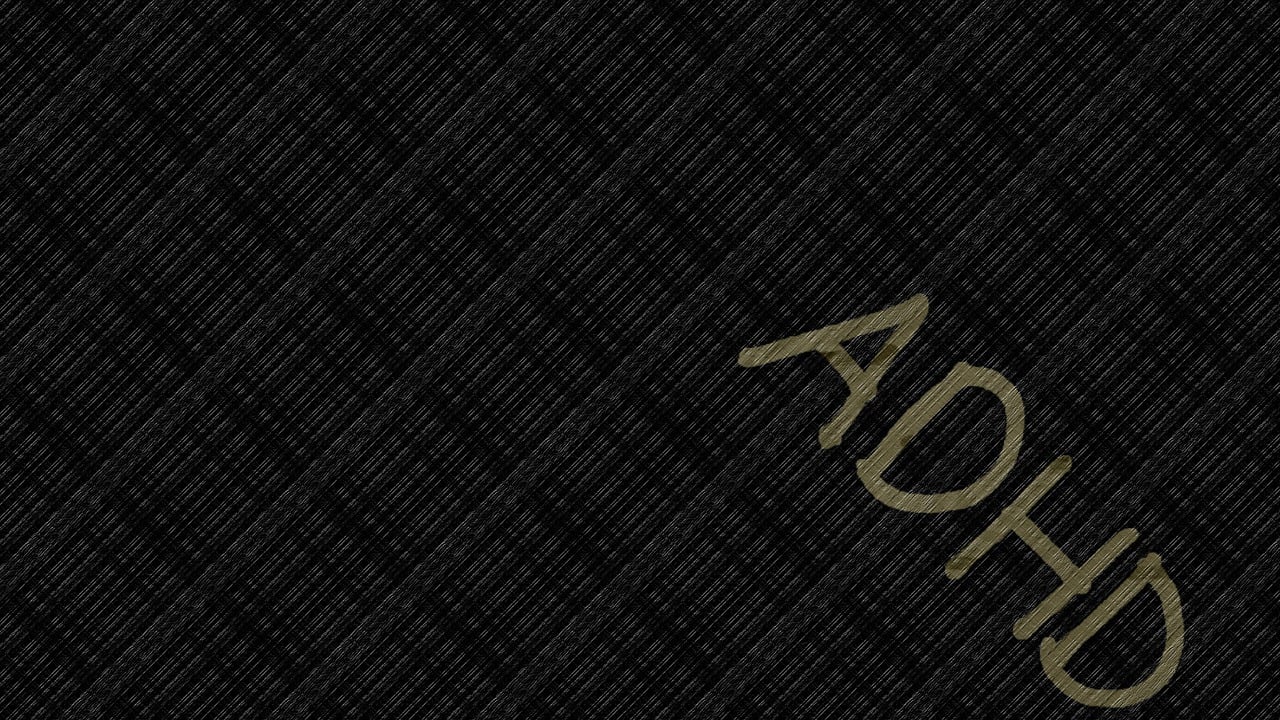Understanding ADHD: Symptoms, Diagnosis, and Treatment Options
ADHD, which stands for Attention-Deficit/Hyperactivity Disorder, is something that many kids and adults deal with every day. Let’s take a journey to learn more about ADHD, how it makes people feel, how doctors figure out if someone has it, and the ways we can help people who have ADHD feel better and do their best.
What is ADHD?
ADHD is a condition that affects how someone pays attention and controls their actions. It can make it hard for people to sit still, pay attention, and follow directions. Imagine trying to sit quietly and listen to a story, but your mind keeps wandering, and you can’t stop fidgeting. That’s what having ADHD can feel like.
There are three types of ADHD:
- Predominantly Inattentive Presentation: This means that someone mostly has trouble paying attention.
- Predominantly Hyperactive-Impulsive Presentation: This type means someone is very active and has a hard time controlling their actions.
- Combined Presentation: This is when someone has trouble with both paying attention and being overly active or impulsive.
ADHD can happen to anyone, but it often starts when a person is a child. Boys are more likely to be diagnosed with ADHD than girls, but girls can have it too.
Symptoms of ADHD
People with ADHD might show different signs, depending on which type they have. Here are some common symptoms:
Inattention Symptoms
- Difficulty Sustaining Attention: It’s hard to focus on one thing for a long time. Imagine trying to finish a puzzle but getting distracted by a toy every few minutes.
- Easily Distracted: Little noises or movements can easily pull attention away. Like when you’re coloring and hear a dog bark, and you just have to look.
- Poor Organizational Skills: Keeping things neat and in order is tough. Think of a messy toy room where you can’t find your favorite doll or car.
- Forgetfulness in Daily Activities: Forgetting to do simple tasks, like brushing your teeth or putting away your toys.
Hyperactivity Symptoms
- Fidgeting and Squirming: Always needing to move, even when sitting down. Like wiggling around in your chair during dinner.
- Inability to Stay Seated: Getting up often when you’re supposed to stay put, like during storytime at school.
- Excessive Talking: Talking a lot, even when it’s time to listen. Picture a child who keeps telling stories even when the teacher is talking.
- Difficulty Playing Quietly: Finding it hard to play games that need a calm and quiet manner, like playing with blocks without knocking them over noisily.
Impulsivity Symptoms
- Interrupting Conversations or Activities: Jumping into conversations or games before it’s your turn. Imagine someone shouting out answers before the teacher finishes asking the question.
- Difficulty Waiting for Turns: Having a hard time waiting in line or taking turns in games.
- Acting Without Thinking: Doing things without thinking about what might happen next, like running into the street without looking.
Diagnosis of ADHD
When someone shows signs of ADHD, it’s important to get a proper diagnosis to understand how best to help them. Here’s how doctors figure out if someone has ADHD:
When to Seek Evaluation
Parents or teachers might notice that a child is always very active, has trouble focusing, or acts impulsively in ways that make it hard for them to do well at school or at home. If these behaviors happen a lot and make everyday activities difficult, it’s a good idea to talk to a doctor.
Diagnostic Process
- Comprehensive Evaluation: The doctor will ask questions about the child’s behavior and how long these behaviors have been happening. They’ll want to know if these behaviors happen in different places, like at home and school.
- Use of Standardized Rating Scales: These are special checklists that parents and teachers fill out to help the doctor understand more about the child’s behavior.
- Role of Healthcare Professionals: Pediatricians, psychologists, and psychiatrists can all help diagnose ADHD. They work together to make sure they understand what’s going on.
Differential Diagnosis
Sometimes, other problems can look like ADHD, such as anxiety, depression, or learning disabilities. The doctor will check to make sure the symptoms aren’t caused by something else.
Treatment Options for ADHD
Once a doctor confirms that someone has ADHD, there are many ways to help manage the symptoms. Here are some of the common treatments:
Medication
- Stimulant Medications: These are the most common medicines used to treat ADHD. They help people focus better and control their actions. Some examples are Adderall and Ritalin.
- Non-stimulant Medications: If stimulants don’t work or cause side effects, doctors might try other medicines like Strattera. These work differently but can also help with focus and behavior.
Medications can help a lot, but they can also have side effects like trouble sleeping or not feeling hungry. It’s important to talk to the doctor about how the medicine is working and any problems it might cause.
Behavioral Therapy
- Cognitive Behavioral Therapy (CBT): This is a type of talking therapy that helps people change how they think and act. It can teach kids with ADHD new ways to deal with their feelings and actions.
- Parent Training and Education Programs: These programs teach parents how to help their children manage ADHD. Parents learn strategies for dealing with difficult behaviors and ways to support their child’s growth.
- Classroom Interventions and Accommodations: Teachers can make changes in the classroom to help kids with ADHD, like giving them more time to finish work or letting them take breaks when they need to move around.
Lifestyle Changes
Making some changes in daily routines can also help manage ADHD symptoms:
- Routine and Structure: Having a set schedule can help kids know what to expect and make it easier to stay on track.
- Healthy Diet and Regular Exercise: Eating good foods and staying active can help kids feel better and focus more. Think of fruits, vegetables, and playing outside.
- Sleep Hygiene: Getting enough sleep is very important. A bedtime routine can help kids with ADHD fall asleep and stay asleep better.
Alternative Treatments
Some other treatments that might help include:
- Mindfulness and Meditation: These practices can help kids learn to calm their minds and focus better.
- Neurofeedback: This is a special kind of training that helps the brain learn to stay focused.
- Dietary Supplements: Some people find that things like omega-3 fatty acids (found in fish oil) can help with ADHD symptoms.
Living with ADHD
Living with ADHD can be challenging, but there are many ways to make it easier:
- Managing Daily Life: Using planners, checklists, and reminders can help keep track of tasks and stay organized.
- Building a Support System: Having supportive family, friends, and teachers can make a big difference. They can offer help and encouragement when things get tough.
- Resources and Tools: There are many books, apps, and websites designed to help people with ADHD manage their symptoms.
- Success Stories and Positive Outcomes: Hearing about others who have managed their ADHD can be inspiring. It shows that with the right help, people with ADHD can achieve great things.
ADHD is a condition that makes it hard for some people to pay attention, sit still, and control their actions. But with the right support and treatment, people with ADHD can manage their symptoms and live happy, successful lives. It’s important to recognize the signs of ADHD, get a proper diagnosis, and explore different treatment options to find what works best.
If you or someone you know has ADHD, remember that help is available. Talk to a doctor, reach out for support, and keep trying different strategies until you find what works best. Every step forward is a step towards a brighter future.
Additional Resources
- Support Groups: Organizations like Children and Adults with Attention-Deficit/Hyperactivity Disorder (CHADD) offer resources and support.
- Helplines: The National Helpline (1-800-662-HELP) can provide information and support.
- Books: “The ADHD Book of Lists: A Practical Guide for Helping Children and Teens with Attention Deficit Disorders” by Sandra F. Rief.
- Websites: The Substance Abuse and Mental Health Services Administration (SAMHSA) and the National Institute on Drug Abuse (NIDA) offer valuable information and resources.
By understanding ADHD and knowing how to manage it, we can help those affected lead happier, healthier lives.





